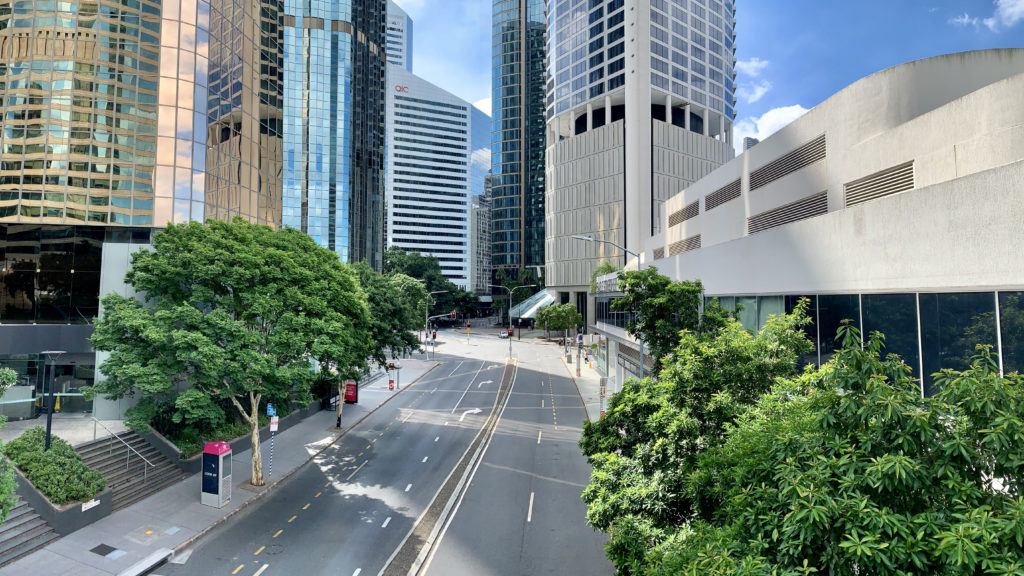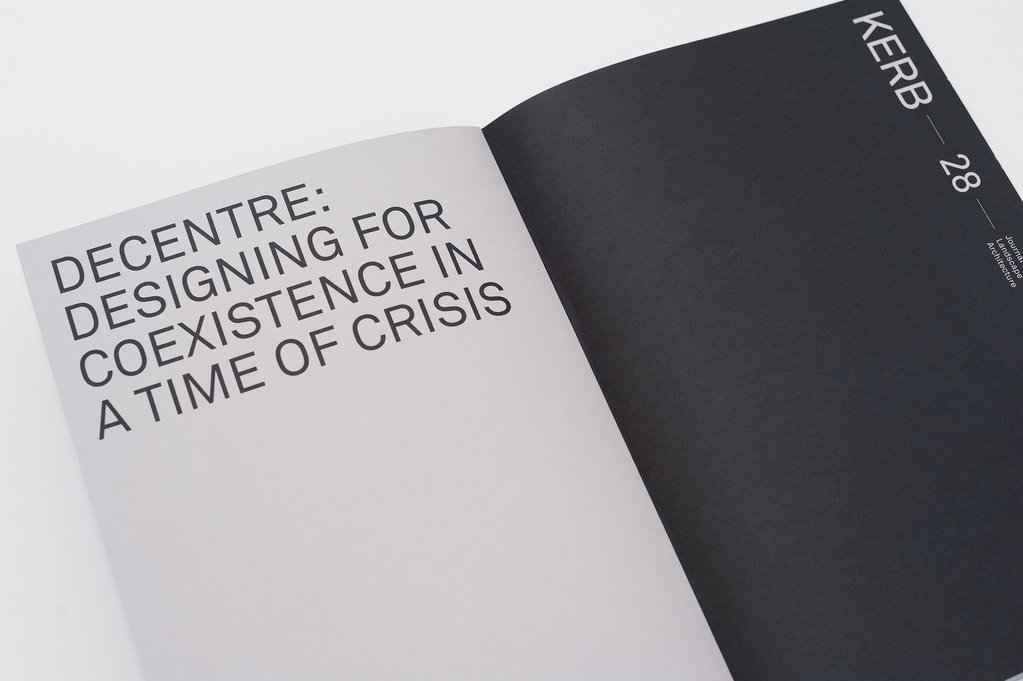
The lurking trap of the ‘snap back’ city
Many commentators see the ‘COVID-normal’ slowdown as an opportunity to recalibrate damaging patterns of urban development. But as Dan Hill observes, without changing underlying paradigms, past precedents show it won’t take long for cities to revert to type.
In certain European cities, road traffic became almost non-existent on Sundays. The roads were often deserted and rather bleak … Means of transport hitherto neglected, or which had even vanished – such as bikes and horses – suddenly reappeared. Finally, important sectors of the economy were forced to slow down. There was genuine panic in some countries, particularly since at the time nobody knew exactly how long the crisis would last.
– Daria Der Kaloustian, Sorry, Out of Gas: Architecture’s Response to the 1973 Oil Crisis
It’s revealing to look back at previous crises, perhaps particularly those that also manifested themselves in terms of slowdowns, altered consumption, transformations in built fabric, attitude change, and different use of public space. The Canadian Centre for Architecture’s 2007 exhibition “Sorry, Out Of Gas”, described how that particular crisis triggered considerable invention within architecture and urbanism, as well as more high-profile mainstream interventions, exemplified by President Jimmy Carter installing solar panels on the White House roof in 1979. People took to the streets then too, in protest, but also en masse on bikes, on foot, even on horses, as numerous radical ideas swirled in the spaces left by the oil industry temporarily shutting down.
By 1986, however, President Ronald Reagan had those panels removed from the roof, backing the fossil fuel industry instead. And as events unfolded over the next few decades after the oil crisis, economic geographer Danny Dorling has shown that, rather than changing course, a handful of rich economies instead doubled down on cultures and economies built around individualisation and extraction, with almost overwhelmingly deleterious results for approximately 99 percent of everyone and everything. Dorling is very clear that this past few decades of climate change, when the real damage has been done, is not ‘the world’ doing this, or the general impact of rising global population, but again, only the decisions made in a very few wealthy countries (you know who you are).
Without changing underlying paradigms, behaviours can snap back quickly. Hence Ivan Illich, writing for Le Monde in 1973, stated that the necessary action surely had to include societal change, rather than simply technological. 35 years later, CCA’s Mirko Zardini tried again, writing in the exhibition catalogue, “the crisis we are facing in the year 2007 has all the features that emerged in 1973. However today’s energy problem is accompanied by a heightened environmental crisis that is plain for all to see,” and therefore we must surely assess “the impossibility of unlimited growth and the necessity of debating economics’ dominance over life.” Yet, despite the Global Financial Crisis immediately following the CCA exhibition, the reassessment Zardini (and many others) called for did not happen. In fact, the 10 years following the exhibition witnessed not only those neoliberal economic dynamics being reinforced, but by 2019, three global agencies confirmed that it had been the warmest decade on record.
So events, in themselves, are not enough. 1973 and 2008 show that they do not necessarily change the underlying conditions, and thus, from a design perspective, they do not change the soil with which we can work. Only in the context of the Great Acceleration itself grinding to a halt can we create the space, and time, to re-evaluate. And so, to truly find a new vision for design, we will need to look deeper into broader patterns and dynamics upon which these mental models are propped up. Not as analytical work, but synthetic work; through action; through experiments; through critical constructive public, political discussion and discourse; through projects that are designed to shift paradigms. Only by working with others to dig down into the soil ourselves can we construct new institutions, new models, new forms of social infrastructure.
In one of 2020’s litany of startling images, a group of well-meaning Italian climate researchers spent the early summer layering enormous tarps onto glaciers in the alps, in a fairly desperate attempt to stop snow and ice melting. While the intention is laudable, and is at least a direct action that can be taken by a few, papering over the cracks in this way does nothing to prevent the fundamental problem. This is downstream thinking, literally, as the melting ice will demonstrate, with the tarps as much use as Icarus’s wings if global temperatures continue to soar. This new landscape of care must move further upstream, creating an environment centred on nurturing, replenishment, and thriving, as opposed to extraction, reaction, and the smuggling of externalities out of sight, out of mind—until it is too late.
There is a markedly different approach required: not patching up, covering up, but “daylighting”, to borrow the urban design language of deculverting urban rivers, revealing what is hidden underneath, delving into the deeper paradigms underpinning development, looking for entirely different patterns of organisation. Current events give us every reason to do so.
Keeanga-Yamahtta Taylor, a scholar of social movements and racial inequality at Princeton University, said that COVID-19 “has pulled what is hidden and buried on the bottom to the surface so that it can’t actually be ignored. It is a radicalizing factor because conditions that have been so dire, now combined with revolts in the street, might lead one to believe that not only is the society unravelling, but it might cause you to question what foundation it was built upon in the first place.”

Dan Hill is Director of Strategic Design at Vinnova, the Swedish government’s innovation agency. You can find a version of this article and its companion pieces at Dan’s Medium collection, The Slowdown Papers.


